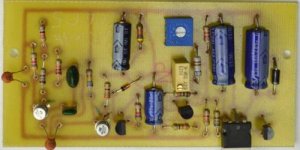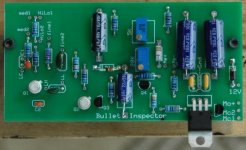adamsgt
Jerry Adams
Curiouser and curiouser
alice
Especially when you go to the Bullet Inspector site and read their caveats. A couple of lifetimes ago I built every piece of electronic test equipment in the Heathkit catalog including an oscilloscope. But I was just an excellent assembler. I remember a quote from a guy who loved to build electronic devices. He said, "My favorite programming language is solder". I'm sure he would love this device.





